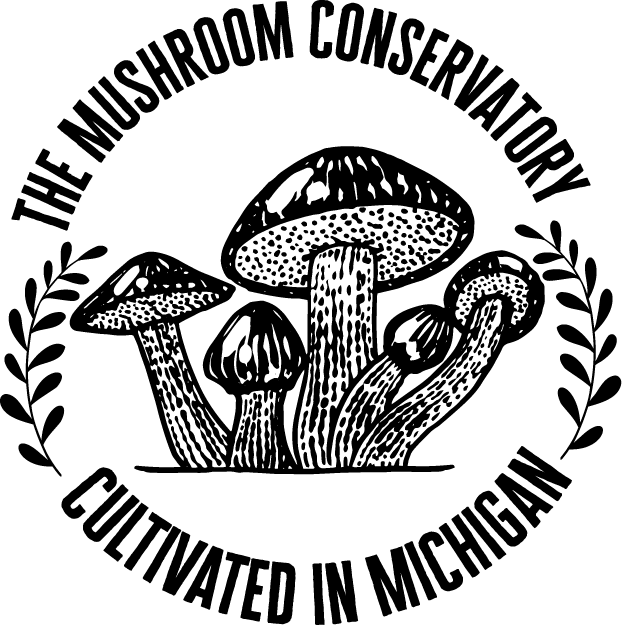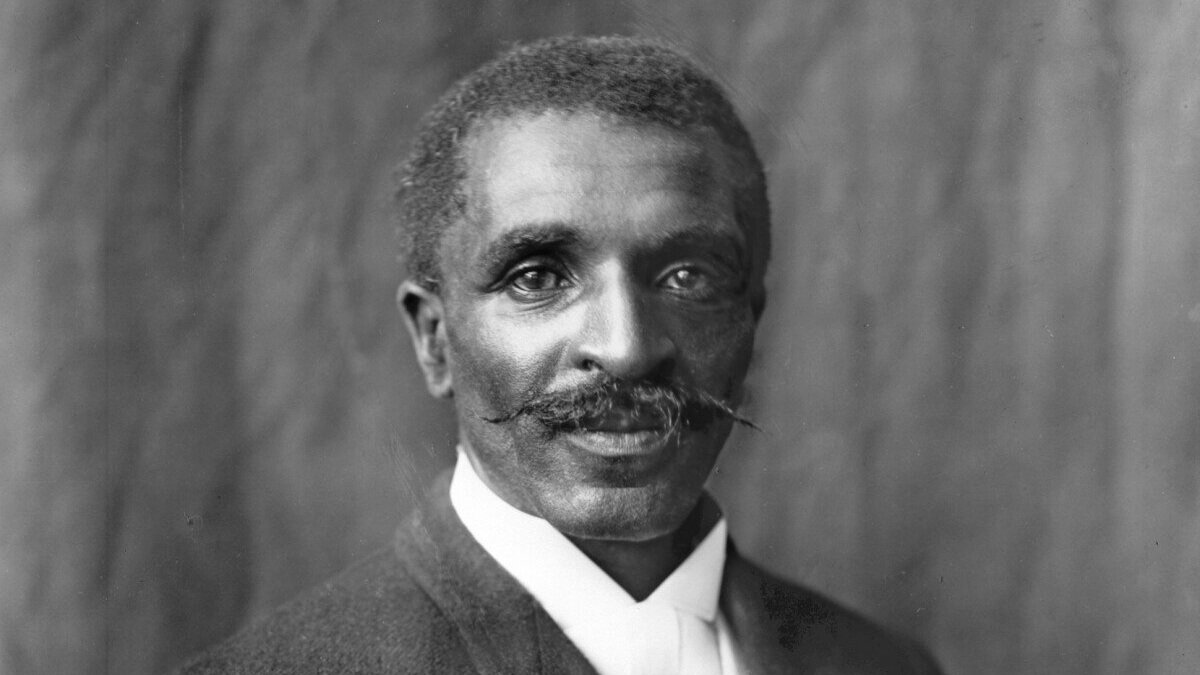Your cart is currently empty!


George Washington Carver, born around 1864, was a prominent American agricultural scientist and inventor, particularly known for his work with alternative crops like peanuts and sweet potatoes. However, his contributions to mycology, the study of fungi, are less widely known but equally significant.
Carver’s interest in mycology began during his time at Iowa State, where he developed a talent for collecting fungal specimens. Despite lacking formal training and sophisticated equipment in mycology, Carver was remarkably accurate in his preliminary identifications of fungi. His real strength lay in discovering rare and new species of fungi.
Throughout his career, Carver maintained a steady interest in fungi. He collaborated with Franklin Sumner Earle, the Chair of Biology and Horticulture at the Alabama Polytechnic Institute, to compile a preliminary list of fungi in Alabama. This work, published later, laid the foundation for a lasting professional relationship between Carver and Earle.
Carver’s fungal collections were significant enough to attract the attention of Job Bicknell Ellis, a renowned mycologist. Ellis, in collaboration with Benjamin Matlack Everhart, published an article titled ‘New Alabama Fungi’ in 1902, which included 60 species received from Carver. This publication also named two new species after Carver.
The New York Botanical Garden, where Ellis worked, holds over 100 fungal specimens collected by Carver. Most of these are represented in the exsiccati ‘Fungi Columbiani’ by Ellis & Everhart. It’s believed that more of Carver’s collections are present in the herbarium, and they are expected to be part of an online searchable catalogue.
George Washington Carver’s work in mycology, particularly his talent for collecting and identifying fungi, contributed significantly to the field.


Leave a Reply